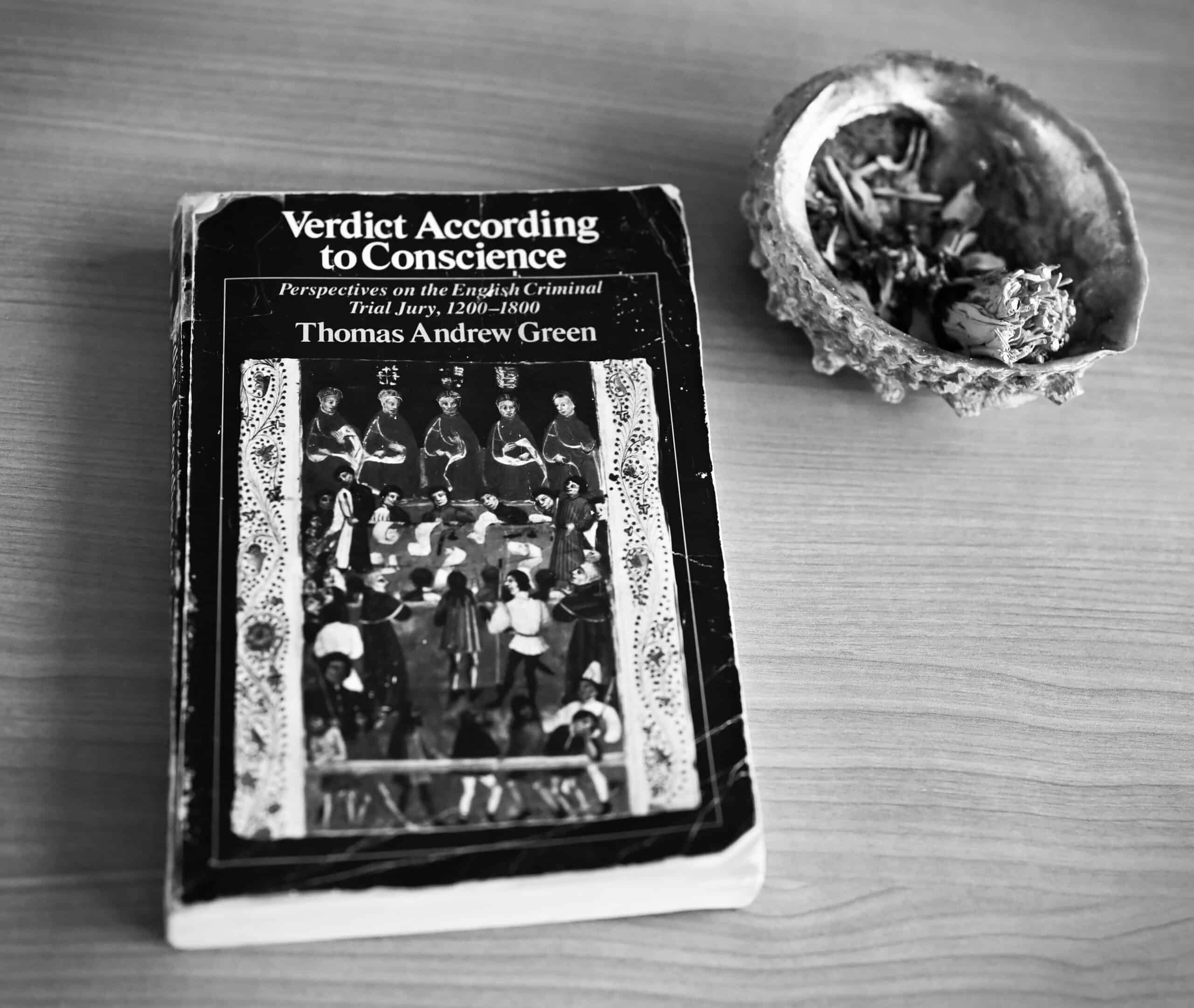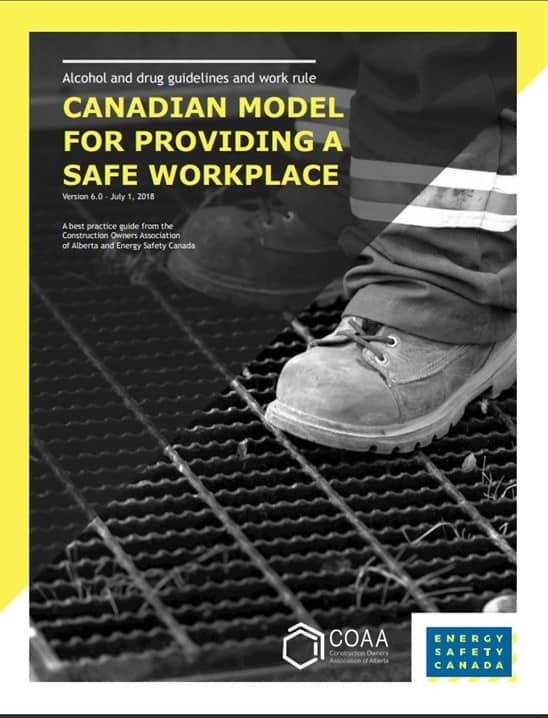Safety Rules: Like many controls on safety-sensitive worksites, our preferred line of defence is to eliminate or completely control hazards through design and engineering. Administrative controls must mitigate residual threats that companies cannot, for lack of a better phrase, engineer out of the work process. Managerial measures include controls levered by training, policy and procedures and personal protective equipment requirements. Together they are designed to motivate or encourage employee behaviour to eliminate further, mitigate or control residual safety risk.

We rely on safety rules and rule compliance for many reasons, including to protect employees’ safety. To set and administer rules effectively, we pay heed and study the realm of human behaviour.
Many industrial safety-sensitive sites operate on a reasonably authoritative chain of command structure to organize and execute work. However, due to the often large geographic footprint of industrial worksites, usually in dynamic, open environments exposed to changing factors, companies must rely heavily on autonomous rule compliance, which means that individuals follow the rules when not in the line of sight of one who directly supervises them. Thus, safety performance relies on the cultural norms and buy-in of teams working to keep each other safe. Individual compliance and peer enforcement rely on a hearts and minds approach or buy-in into the rule. This requires leaders to explain and inspire, rather than solely direct and instruct safety leadership when setting and administering controls. Therefore, we need to be willing to get into the questions. Why is a rule essential? What prompted management to install the expectation? Why is it in my interest and my coworkers’ interest to follow these rules? And, what makes this rule reasonable? These are the types of questions that need to be embraced and explored with crews to achieve a hearts and minds buy-in. If our team does not understand why a rule is made or does not believe it is reasonable, things can go wrong.
To illustrate, I’m going to reflect on one of my favourite courses at university. It was lead by a quirky history professor who studied a phenomenon called jury nullification in early English common law. He referenced heavily Thomas Andrew Green’s book, Verdict According to Conscience. During this time, England defined murder by statute. Hence, the courts were not authorized to find anything inconsistent with the statute’s definition of murder. The crime of murder was described as a death where a human had contributed to that death. If a court found that someone had committed murder, the automatic consequence was capital punishment. It was a capital offence, and within this construct, there was only one defence, which was self-defence. Self-defence was also very rigidly defined. The individual relying on self-defence had to be smaller than the would-be attacker, had to be wielding a smaller weapon, or the individual that was fallen had to have been wielding a more deadly weapon than the individual relying on the self-defence. A person depending on the defence also needed to be unable to escape the would-be attacker. All three of these things need to be in place for a jury to find a person not guilty by self-defence.
My professor and historian Thomas Andrew Green was appropriately suspicious of how this may have played out in real-life in jury trials. They compared jury trials’ findings of fact during that timeframe against the facts issued by coroners reports in the same cases.
They found discrepancies between the coroner reports and jury findings of fact. Case in point, one coroner report found that the husband walked into his home where he found his wife with another man. A struggle ensues. The husband used a knife to stab the man. The man dies. A jury in the same case found the following. The husband encounters a man outside of his home. The jury found the man had an axe (the axe, appearing out of nowhere), and the husband, while trapped against the edge of a cliff (which also appeared out of nowhere), was unable to escape. The jury concluded the husband used the knife to defend himself against the man wielding an axe.
In that case, the jury didn’t find that the rule was reasonable. The jury did not find the consequence suitable. Hence, rather than issue an unjust ruling leading to an unjust consequence, the jury searched for and found the facts required that would enable them to rule the individual not guilty by self-defence. So essentially, the jury nullified the unreasonable rule. Thomas Andrew Green refers to this as jury nullification.
The same can happen to us if our workers do not believe that our safety rules are reasonable or reasonably administered. Leaders must continue to accept questions regarding why we do the things we do. Invest in the effort to explain and inspire because failing to do so may result in our safety rules being nullified out in the field when we’re not looking.
A prime example of this points to the Alberta Construction Industry’s experience in administering the COAA’s Canadian Model for Providing a Safe Workplace: Alcohol and Drug Guidelines and Work Rule. Earlier versions of the model relied upon almost exclusively peer and front line supervisory administration of the rule in two basic scenarios: 1) a relatively prescriptive post-incident testing rule, and 2) a more subjective “reasonable cause” testing rule. Often, owners and safety representatives found a 20-25% non-negative result from post-incident testing (a lagging indicator as an incident or near miss would already have occurred). One in five or one in four safety incidents occurred concurrent to the presence of alcohol and drug levels higher than that allowed under the safety-based work rule. The forgoing coincided with a low-level of the frequency of peer or supervisor-initiated reasonable cause tests (a control arguably more preventative than the post-incident testing).

Hence the discretionary aspects of the safety rule were nullified.
Upon further explanation, peer and front-line supervisors were reluctant to administer the rule for three key reasons: 1) discomfort confronting one on their substance use, especially with the stigma attached to alcohol and drug use and abuse, 2) they did not feel the testing regime was fair in respect to the marijuana panel, which measured levels associated with use on personal time away from work, and 3) they did not believe the consequences associated with a positive test were fair for those who recreationally used marijuana. As a result, many employers who installed the Canadian Model on their worksites had a significant portion of their work rule nullified by its workforce, drastically reducing the safety efficacy of the practice, which was its primary purpose in the first place.
There are answers to the concerns of peer enforcers and front-line supervisors. However, in that case, leaders were not equipped to demonstrate the rule’s reasonableness or appropriateness. The rest was history. Supervisors and peers’ reluctance to administer the reasonable cause portion of the Canadian Model prompted owners to impose site access testing to fill the void in preventative controls regarding their Alcohol and Drug Administrative controls.

Recent Comments